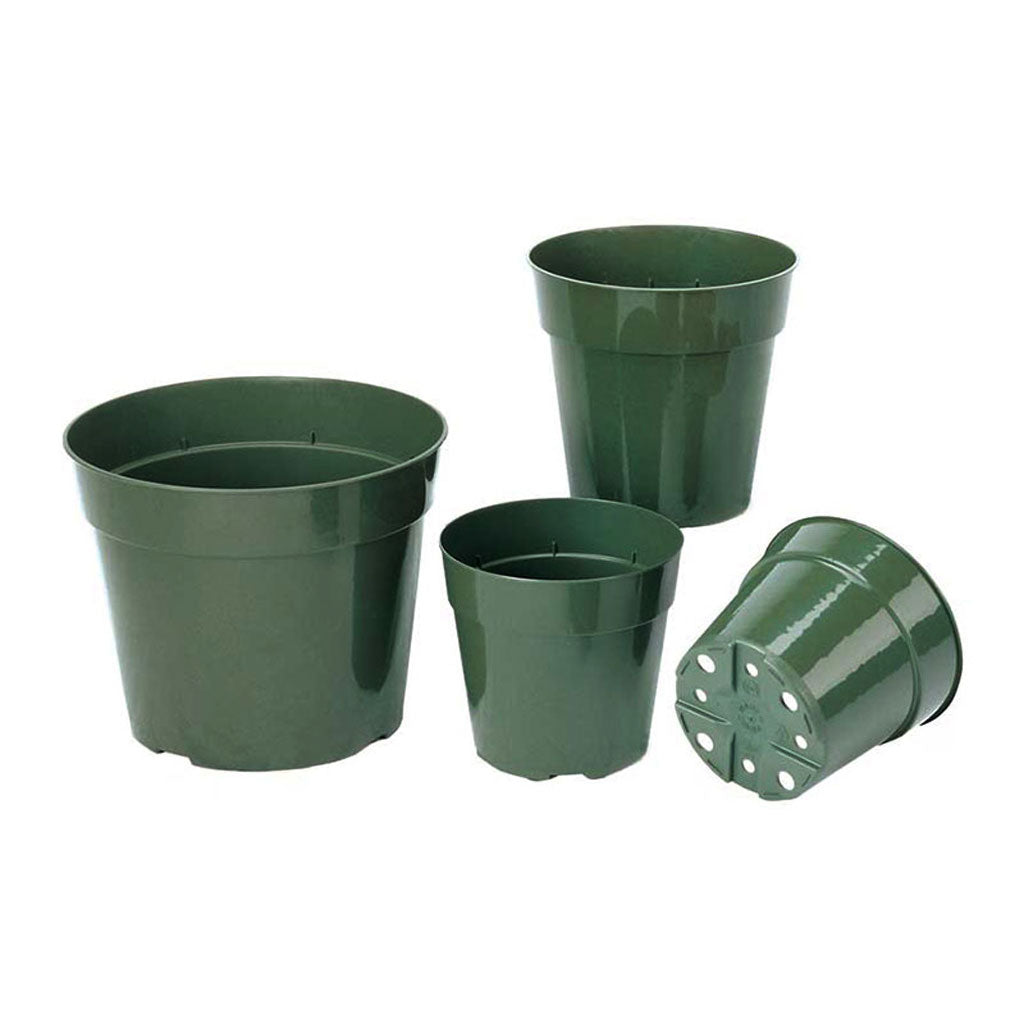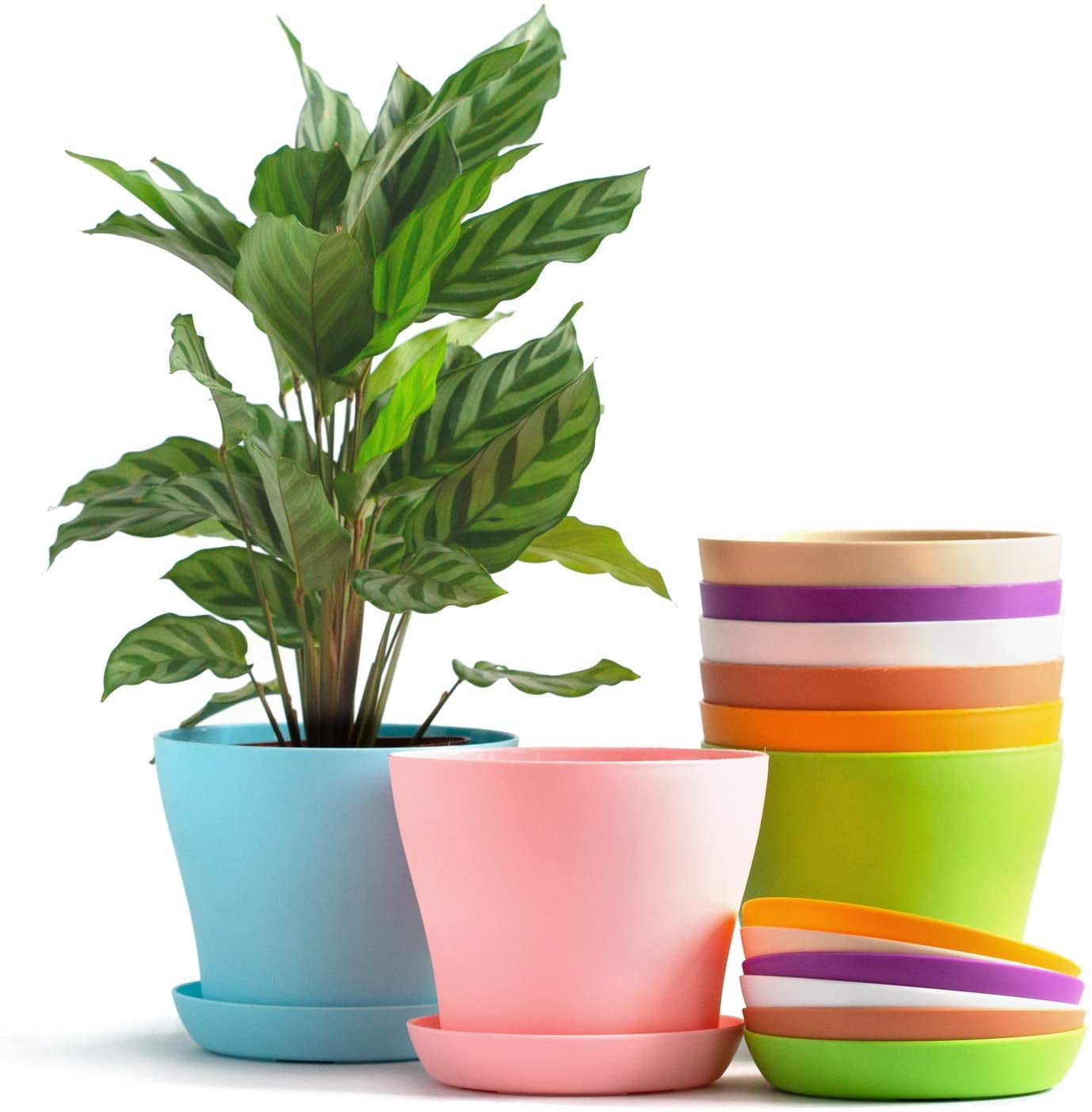“`html
The Comprehensive Guide to Plastic plant Pots
The Comprehensive Guide to Plastic Plant Pots
Plastic plant pots have become ubiquitous in both home gardens and commercial nurseries. Their affordability, versatility, and durability make them a popular choice for gardeners of all levels. However, with the vast array of options available, it’s essential to understand the different types, benefits, drawbacks, and best practices associated with using plastic pots. This comprehensive guide will delve into everything you need to know about plastic plant pots, from material composition to environmental impact.
Understanding the Materials
Plastic pots are not created equal. They are manufactured from various types of plastic, each with unique properties that affect their performance. Here are some of the most common types:
Polypropylene (PP)

Polypropylene is a thermoplastic polymer known for its strength, flexibility, and chemical resistance. It’s a common material for inexpensive, mass-produced pots. PP pots are lightweight and can withstand a reasonable amount of wear and tear, making them suitable for general gardening purposes.
Polyethylene (PE)
Polyethylene is another widely used thermoplastic. It’s known for its flexibility, low-temperature toughness, and resistance to moisture and chemicals. High-density polyethylene (HDPE) is more rigid and durable than low-density polyethylene (LDPE), making it a popular choice for larger, more robust pots.
Recycled Plastics

Many manufacturers now produce pots from recycled plastics, contributing to a more sustainable approach. These pots can be made from a blend of different recycled polymers and offer a more environmentally friendly option. However, the quality and durability can vary depending on the source and processing of the recycled materials.
Specialty Plastics
Some pots are made from specialty plastics designed for specific purposes. For example, some pots may incorporate UV inhibitors to prevent degradation from sunlight, while others may be designed for better drainage or aeration.
Advantages of Using Plastic Plant Pots

Plastic pots offer numerous advantages that make them a popular choice among gardeners:
Affordability
Plastic pots are generally more affordable than pots made from other materials, such as terracotta or ceramic. This makes them a budget-friendly option for gardeners who need to pot a large number of plants.
Lightweight
Plastic pots are lightweight, making them easy to move and transport. This is particularly beneficial for gardeners who frequently rearrange their plants or need to move them indoors or outdoors.
Durability
Plastic pots are resistant to cracking and breaking, making them more durable than terracotta or ceramic pots. They can withstand a reasonable amount of wear and tear and are less likely to be damaged by accidental drops or impacts.
Moisture Retention
Plastic pots retain moisture better than terracotta or ceramic pots, reducing the frequency of watering. This is particularly beneficial for plants that prefer consistently moist soil.
Variety of Sizes and Shapes
Plastic pots are available in a wide variety of sizes, shapes, and colors, allowing gardeners to choose the perfect pot for their plants and aesthetic preferences. They can mimic the look of more expensive materials through texture and color.
Easy to Clean
Plastic pots are easy to clean and disinfect, which is essential for preventing the spread of plant diseases. They can be washed with soap and water or disinfected with a bleach solution.
Disadvantages of Using Plastic Plant Pots
Despite their numerous advantages, plastic pots also have some drawbacks:
Environmental Impact
Plastic is a non-biodegradable material, which means that plastic pots can take hundreds of years to decompose in landfills. This contributes to environmental pollution and waste accumulation. However, using recycled plastics is a step in the right direction.
Poor Drainage
Some plastic pots, especially those without drainage holes, can lead to poor drainage and waterlogging. This can cause root rot and other plant diseases. It’s crucial to ensure that plastic pots have adequate drainage holes.
Overheating
Dark-colored plastic pots can absorb heat from the sun, which can overheat the soil and damage plant roots. This is particularly problematic in hot climates. Light-colored pots or those placed in shaded areas can mitigate this issue.
Aesthetic Limitations
While plastic pots offer a variety of colors and shapes, they may not have the same aesthetic appeal as terracotta or ceramic pots. Some gardeners find them less visually appealing, especially in formal or traditional gardens.
Leaching
Some plastics can leach chemicals into the soil, especially when exposed to heat or sunlight. While this is less of a concern with food-grade plastics, it’s something to consider when using cheaper, non-food-grade pots.
Choosing the Right Plastic Pot
Selecting the right plastic pot is crucial for the health and growth of your plants. Here are some factors to consider:
Size
Choose a pot that is slightly larger than the plant’s current root ball. This will allow the roots to grow and expand without becoming root-bound. Avoid using pots that are too large, as this can lead to waterlogging.
Drainage
Ensure that the pot has adequate drainage holes to prevent waterlogging. If the pot doesn’t have enough drainage holes, you can drill additional holes yourself.
Material
Consider the type of plastic the pot is made from. Choose durable, high-quality plastics that are designed for outdoor use. Recycled plastic pots are an environmentally friendly option.
Color
Choose light-colored pots to prevent overheating in hot climates. Dark-colored pots can absorb heat and damage plant roots.
Shape
Select a pot shape that is appropriate for the plant’s root system. Deep pots are suitable for plants with long taproots, while shallow pots are better for plants with shallow root systems.
Purpose
Consider the specific purpose of the pot. For example, self-watering pots are ideal for plants that require consistent moisture, while hanging pots are suitable for trailing plants.
Best Practices for Using Plastic Pots
To maximize the benefits of plastic pots and minimize their drawbacks, follow these best practices:
Use High-Quality Potting Mix
Use a well-draining potting mix that is specifically formulated for container gardening. This will help prevent waterlogging and ensure that the roots receive adequate aeration.
Proper Watering
Water plants thoroughly, allowing the water to drain out of the drainage holes. Avoid overwatering, as this can lead to root rot. Allow the soil to dry slightly between waterings.
Fertilization
Plastic pots can leach nutrients from the soil over time. Fertilize plants regularly with a balanced fertilizer to ensure that they receive the necessary nutrients.
Repotting
Repot plants when they become root-bound. This is typically done every one to two years, depending on the plant’s growth rate. Choose a pot that is slightly larger than the current pot.
Cleaning and Disinfection
Clean and disinfect plastic pots before reusing them to prevent the spread of plant diseases. Wash the pots with soap and water or disinfect them with a bleach solution.
Recycling and Disposal
When plastic pots are no longer needed, recycle them if possible. Many recycling centers accept plastic plant pots. If recycling is not an option, dispose of them responsibly.
Environmental Considerations
The environmental impact of plastic plant pots is a significant concern. Here are some ways to mitigate this impact:
Choose Recycled Plastics
Opt for pots made from recycled plastics whenever possible. This helps reduce the demand for virgin plastics and minimizes waste.
Reduce Consumption
Purchase only the pots you need and avoid buying excessive amounts. This helps reduce the overall consumption of plastic.
Reuse Pots
Reuse plastic pots whenever possible. Clean and disinfect them before reusing them to prevent the spread of plant diseases.
Recycle Pots
Recycle plastic pots when they are no longer needed. Check with your local recycling center to see if they accept plastic plant pots.
Explore Alternatives
Consider using alternative materials for plant pots, such as terracotta, ceramic, or biodegradable pots. These materials have a lower environmental impact than plastic.
Conclusion
Plastic plant pots offer numerous benefits, including affordability, durability, and versatility. By understanding the different types of plastic, choosing the right pots, and following best practices, gardeners can maximize the advantages of plastic pots while minimizing their drawbacks. It’s also crucial to consider the environmental impact of plastic and take steps to reduce waste and promote sustainability. By making informed choices and adopting responsible practices, gardeners can create thriving gardens while minimizing their environmental footprint.
“`


